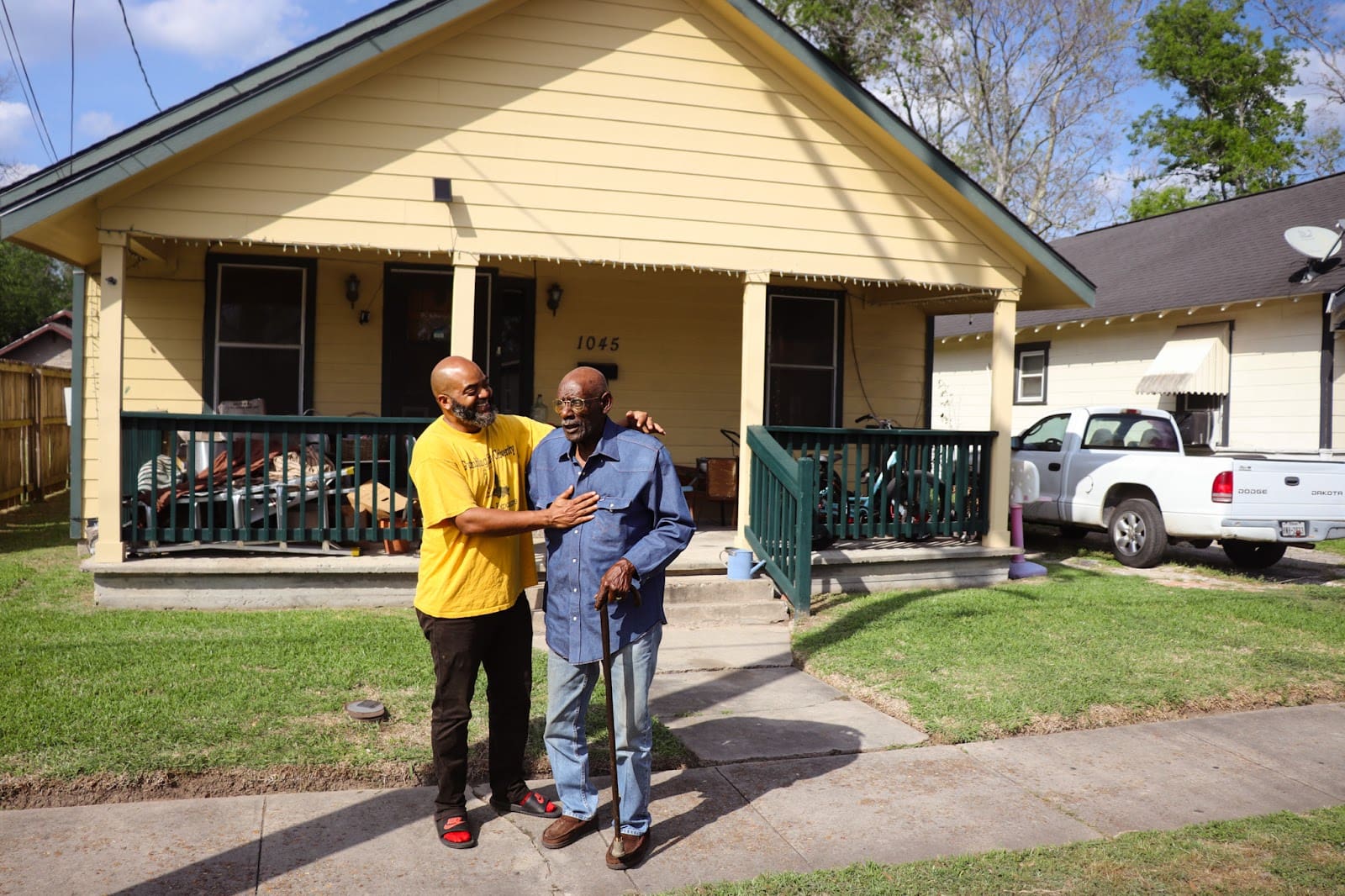
Trump Assault on Federal Contractor Wages Could Mean 25% Pay Cuts for Hundreds of Thousands | Common Dreams
April 11, 2025
DOJ Attempts to Silence Fired Attorney Liz Oyer for Refusing to Reinstate Gun Rights of Convicted Abuser Mel Gibson
April 11, 2025From Gary, Indiana’s steel mills to the oil refineries of Beaumont, Texas, and the toxic waste sites in San Francisco’s Bayview-Hunters Point, Black communities across the country are living with the harsh realities of industrial pollution. As the federal Environmental Protection Agency’s regulations are rolled back, efforts to address these toxic hazards in these areas are jeopardized. Meanwhile, residents face growing health risks and environmental hazards, raising urgent questions about justice, accountability, and the future of their neighborhoods.
Gary, Indiana: The city of steel and smoke
Long before drivers reach the outskirts of Gary, they encounter a huge black cloud — the smoke emitted from the stacks of the nation’s largest integrated steel mill, Gary Works.
According to the EPA’s Environmental Justice Screening online tool to map polluted areas, which has been shut down in the wake of the EPA’s environmental rollbacks, Gary’s environmental hazards include high levels of exposure to particulate matter, proximity to Superfund sites, and air toxins.
Local environmental activist Donna Jack has seen and felt the effects of that pollution firsthand. Growing up between the Inland Steel mill in East Chicago and living less than a 10-minute drive away from Gary Works, Jack has spent a lifetime between two of the most polluted facilities in the region. She recalls working at Inland Steel’s plant in soot-covered clothes to pay her way through college and showering feverishly to get it out of her skin.
“I am a child of the ’70s. I’ve seen every kind of protest you could think of,” the 67-year-old resident said. “If you live long enough, you will see a lot of it, over and over and over again. We’re still fighting the same pollution fights. We’re still fighting for the same civil rights. I hate that this generation is having to do what we did all of our lives, and it hasn’t changed.”
The same week the EPA announced cuts to its programs, Indiana Gov. Mike Braun issued an executive order to remove environmental considerations in grants and permits, raising alarm among Gary residents and advocates, who warn that the move undermines protections from overburdened communities like Gary and deem them as “sacrifice cities.”
“They want to make money and with impunity, without any responsibility, and places like Gary are where they like dumping,” Jack said. Instead, she said she wants to “not be afraid” for the health of future generations, allowing them to run outside on fresh soil and to look up into clear, smokeless skies.
Read More: Toxic Air, Limited Care: The Risks of Pregnancy in Gary
Beaumont, Louisiana: A Black enclave built by Big Oil

About three blocks from the yellow shotgun home where Chris Jones and his family have lived for decades sits the ExxonMobil Refinery, one of the world’s 10 largest facilities. Jones has spent years fighting for his neighborhood’s survival in the plant’s shadow.
Once a thriving Black community, it has suffered waves of displacement as the plant expanded. But Jones’ environmental advocacy isn’t only about the state of the land he lives on. Instead, he said, it’s about the dignity and humanity of his community.
“We’ve been here longer than any of these companies,” he said.
With worsening pollution, residents face an impossible choice: stay and suffer or sell and watch history disappear.
Jones said the goal of his work is simple: he said that he wants to be able to sit in his front yard “and breathe fresh air.” Now, the air that and his neighbors breathes carries a sulfuric stench, sewage spills onto streets, and refinery flares burn for days. In 2022, nearly 10% of his community had cancer, according to the Centers for Disease Control and Prevention. With fewer protections, he knows that it might get worse.
Read More: What Happens When a Black Enclave Is Built by Big Oil
San Francisco: A toxic cocktail in the city’s last Black neighborhood

For decades, residents in Bayview-Hunters Point have lived next to one of the nation’s most contaminated sites, separated from the toxins by just a chain link fence. It is the only San Francisco neighborhood with a population that is more than 10% Black.
The EPA has long funded a long-term clean-up program to remove the chemicals; much of it nuclear waste at military installations dating back to World War II.
Environmentalists said that the EPA’s clean-up plan was far from — it intended to pave over the contamination rather than remove it. A group of advocates took the agency to court over its proposal.
But the community now faces the prospect of not having any remediation efforts take place at all: The Trump administration recently rescinded much of the $1 billion funding allocated by the Biden administration for removing toxic waste.
Read More: The Last Black Neighborhood in San Francisco
Kamillah Ealom, who leads the environmental organization All Things Bayview, said it can be difficult to not feel a sense of helplessness.
“Our lives are capped off at 65 years old. So we’re constantly going to funerals. I’m constantly giving rides to the emergency room,” Ealom said, referring to the premature deaths and health ailments among her neighbors — which they attribute to the lingering environmental waste in the community. “But they mask it and blame it on us, so they can overlook the cancer, the environment, the respiratory issues, and the industrialized sites and redlining that’s pushing us here.”
Great Job Adam Mahoney and Jenae Barnes & the Team @ Capital B News Source link for sharing this story.







